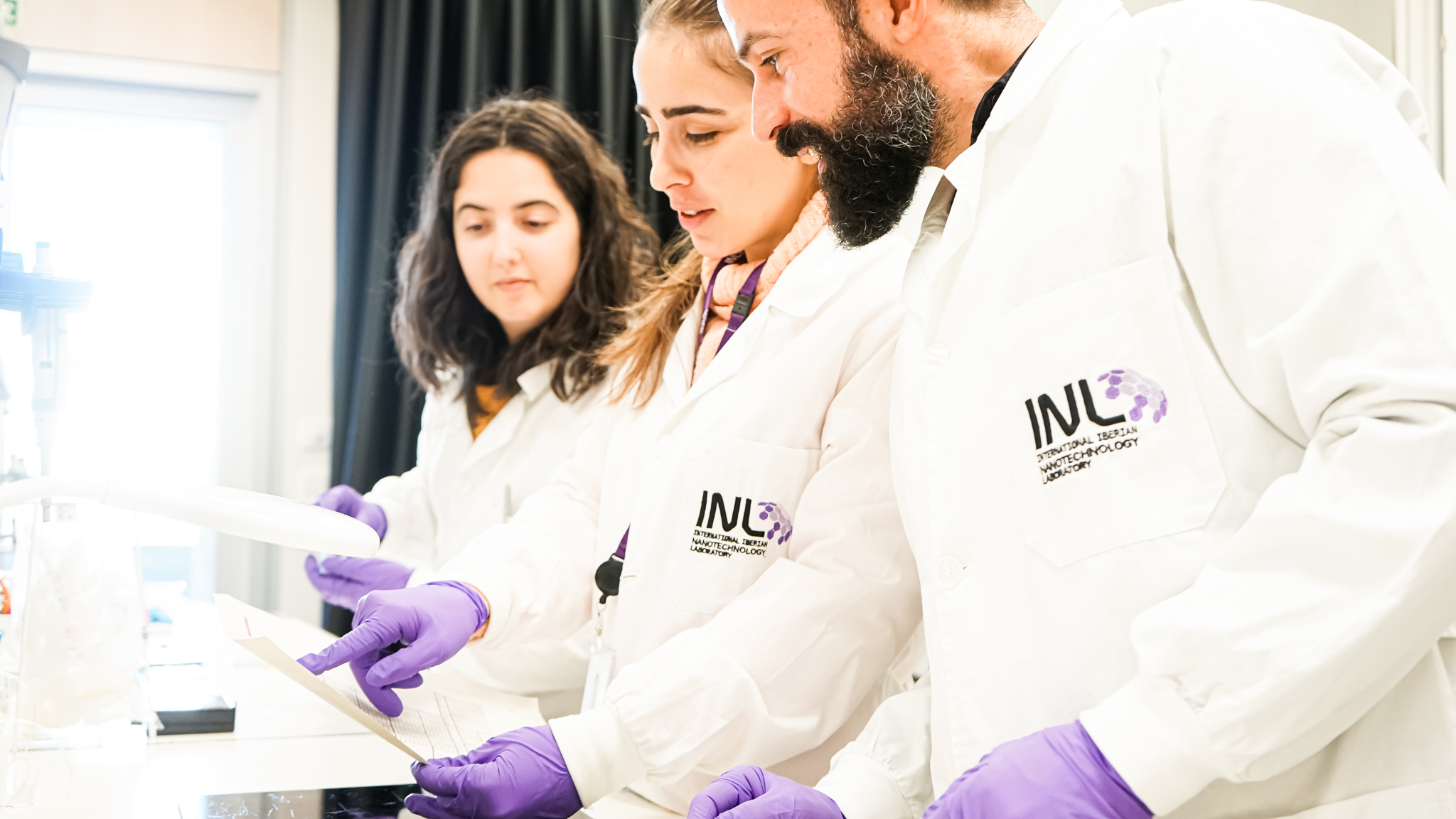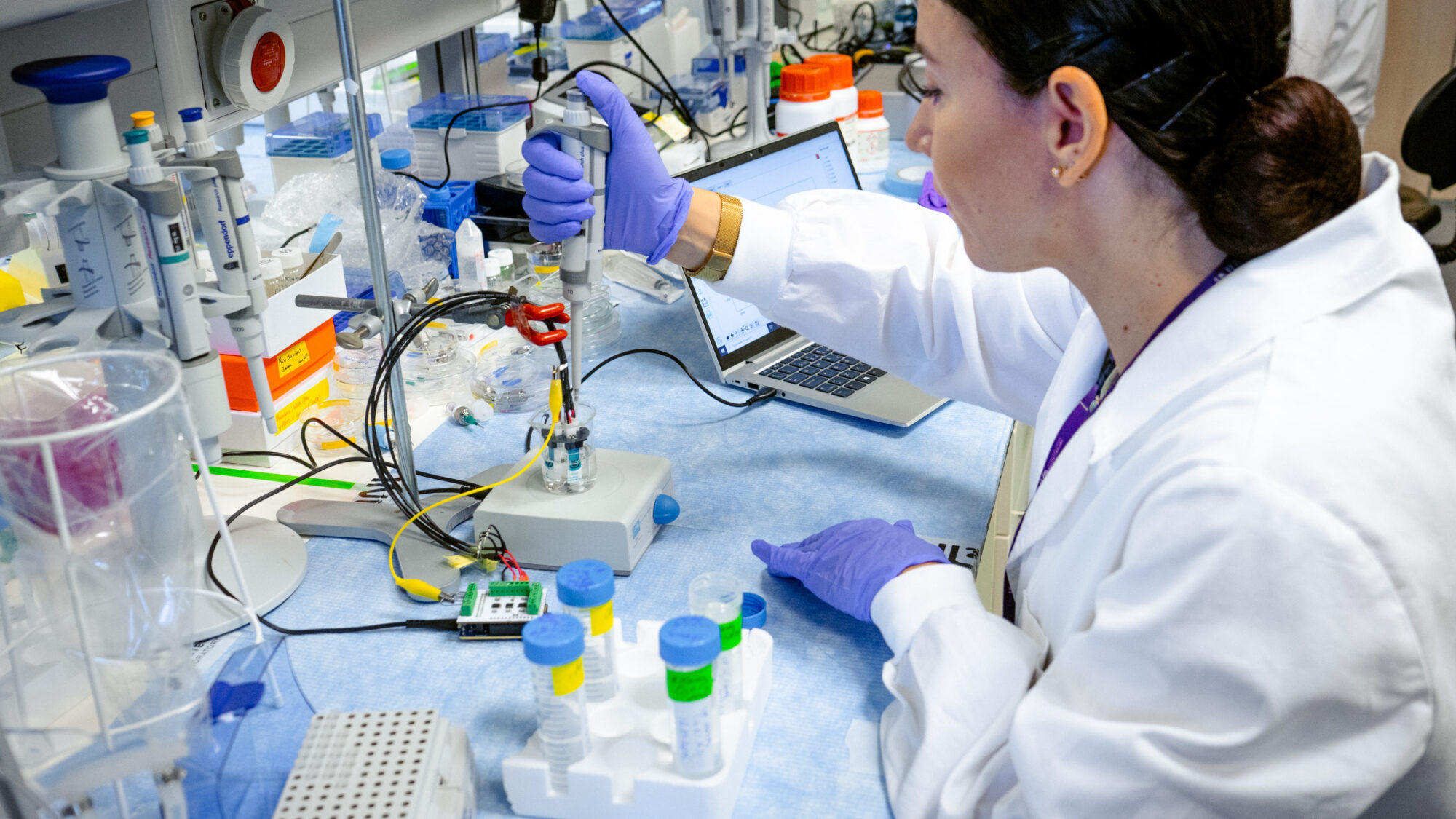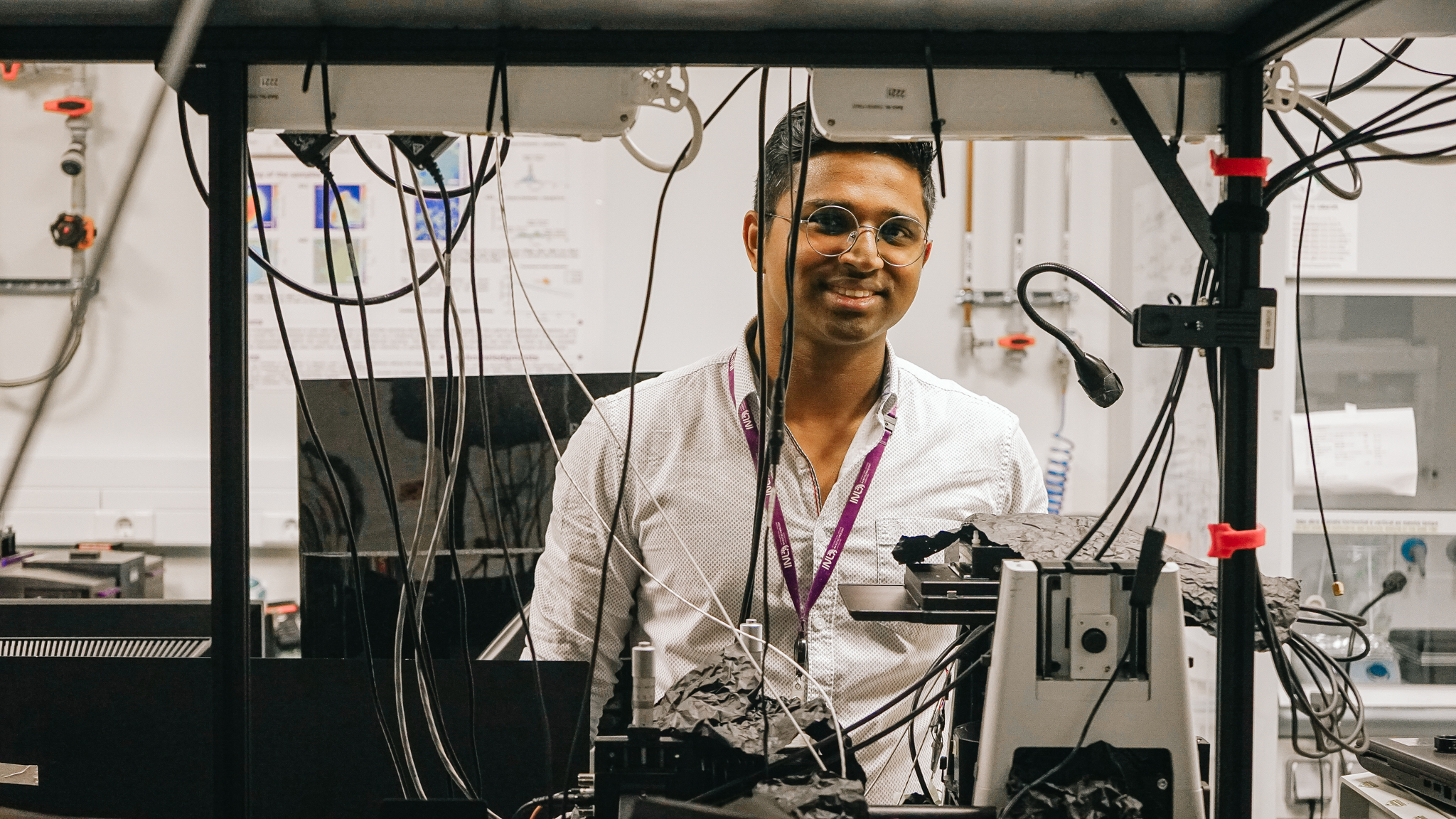
INL researchers are integrating light and AI to advance nanotechnology
May 16, 2024
‘What if the brains of future robots are powered by light?’ This was one of the questions INL researcher Bejoys Jacob has been trying to answer during the past years at INL.
As artificial intelligence, also known as AI, continues to revolutionise society, scientists are exploring innovative ways to power the brains of future robots. Traditional computer architectures, such as the von Neumann architecture, demand substantial energy consumption to execute AI algorithms. In light of the increasing demand for AI tools and the global push for sustainable energy solutions, researchers are seeking alternative computational architectures inspired by the human brain.
At INL, the focus has been on developing a revolutionary architecture powered by light. This ambitious project involves the creation of miniaturised light sources, detectors, and photonic interconnects for a novel photonic integrated circuit architecture.
As part of this initiative, Bejoys, who is pursuing a PhD at INL, in the Ultrafast Bio- and Nanophotonics group, in collaboration with Charles III University of Madrid (UC3M), is developing nano- and micro-LEDs based on GaAs III-V semiconductor materials. These LEDs mimic neuronal activity through optical/electrical signals, paving the way for advanced brain-inspired computational architectures.
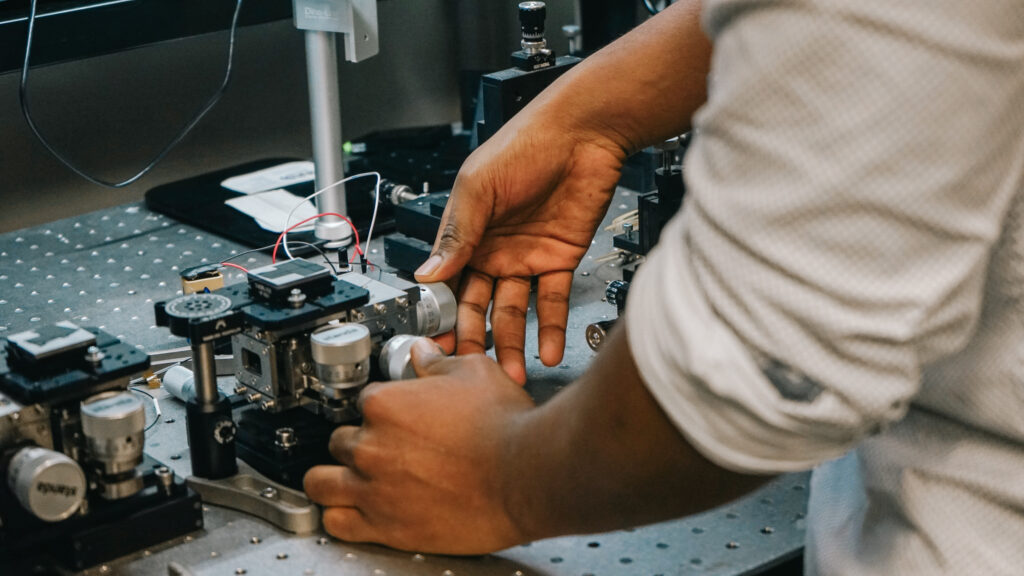
Bejoys explains that “the devices developed through this research exhibit remarkable properties, including both light emission and detection capabilities”. Additionally, the micro- and nano-LEDs “demonstrate nonlinear negative differential resistance, a crucial characteristic that renders them ideal building blocks for future light-powered computational systems.”
These advancements promise faster and more energy-efficient processing of information, foreshowing a new era in AI technology. With this breakthrough, the idea of robots powered by light becomes closer to reality offering exciting possibilities for the future of artificial intelligence and robotics.
As researchers continue to push the boundaries of innovation, the fusion of light and AI could redefine the way we interact with technology, steering in a new era of intelligence and sustainability.
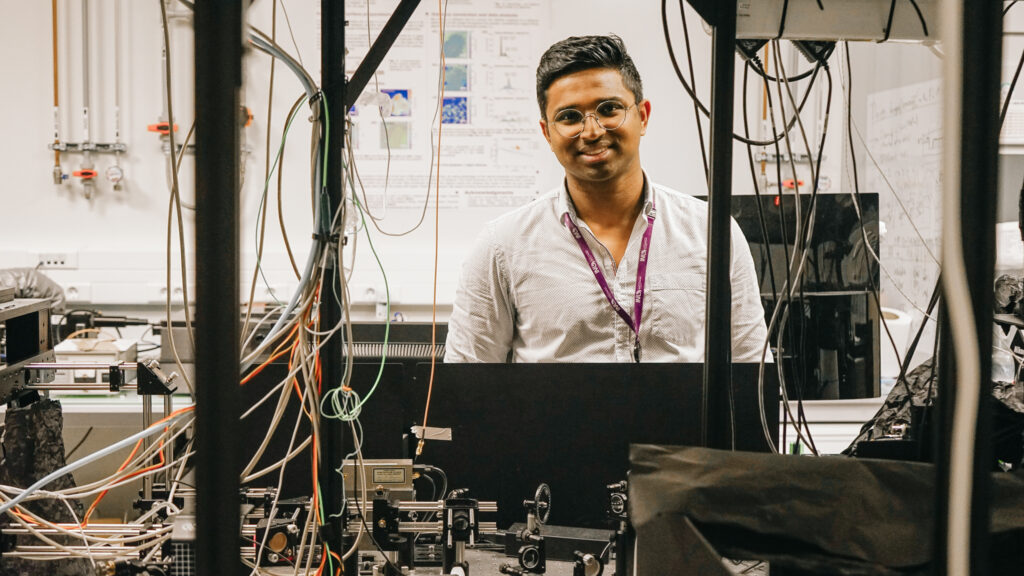
This research work is supported by the European-funded projects ChipAI, InsectNeuroNano, and the FCT-funded project META-LED.
Text by Catarina Moura, Science Communication Officer & Bejoys Jacob, Associate Researcher
Photography by Catarina Moura

